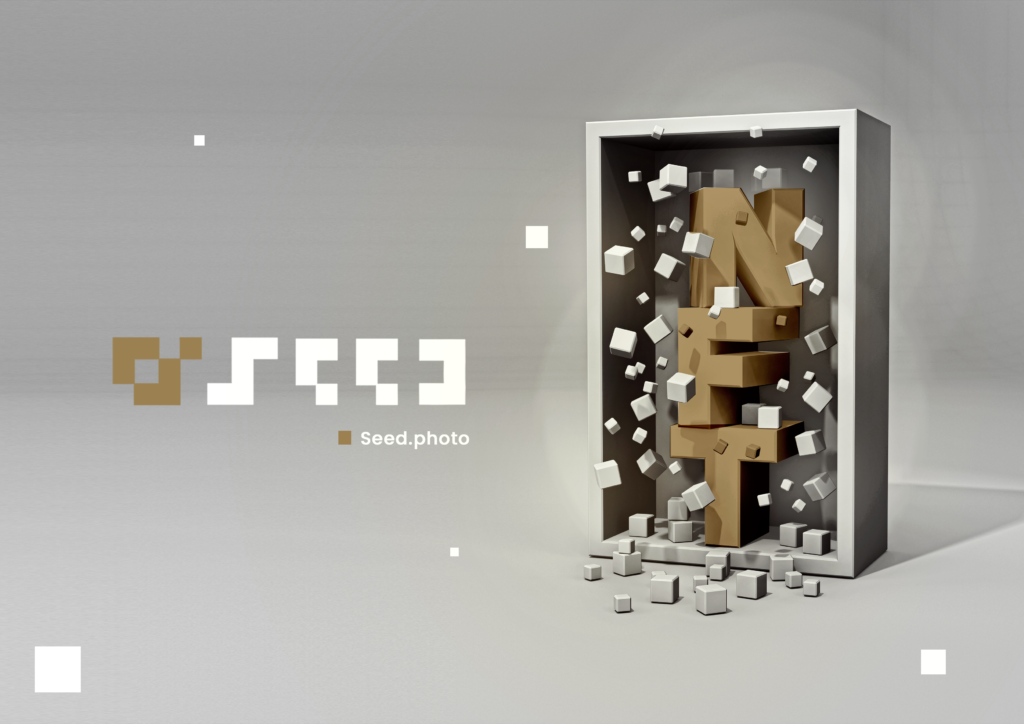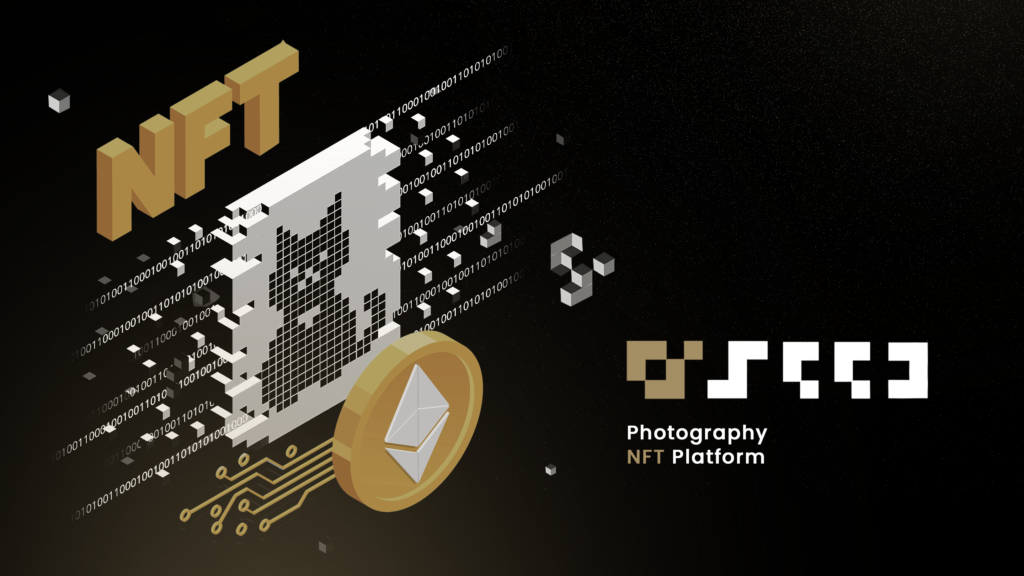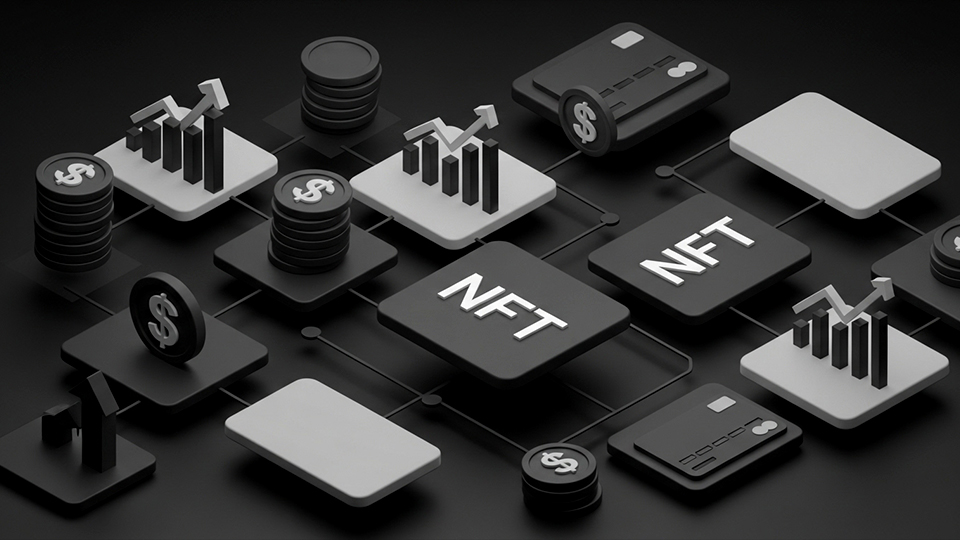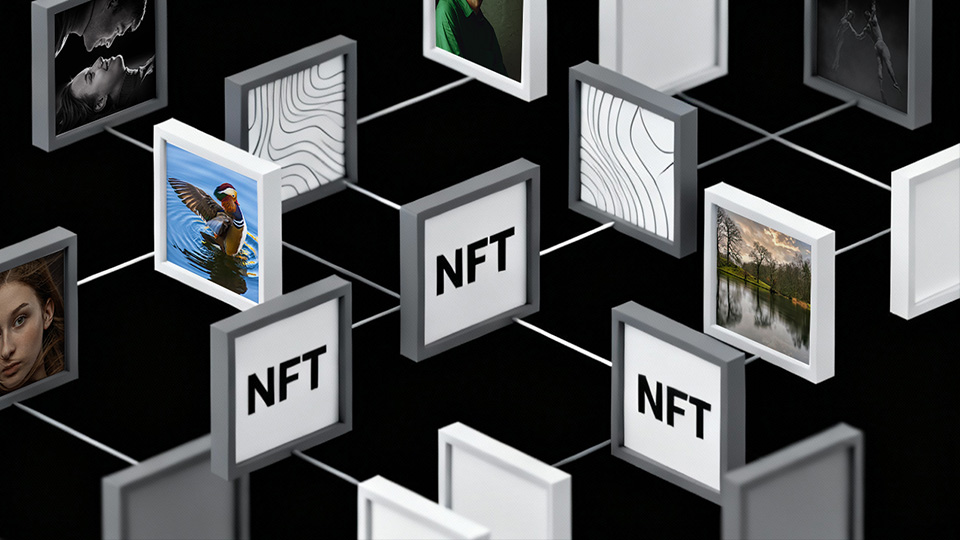The Future of Photography: Harnessing Multi-Blockchain Capabilities and Innovative Solutions
As technology continues to advance at a rapid pace, its impact on various industries, including photography, is undeniable. Creative professionals are constantly exploring new ways to protect, share, and monetise their work, and the integration of blockchain technology and inventive solutions into photography platforms is proving to be transformative.
Expanding Possibilities with Multi-Blockchain Support
A notable development in this area is the adoption of multi-blockchain support. This feature empowers photographers to select the blockchain that aligns with their needs, optimising their experience when minting and selling their work. By embracing multiple blockchains, photographers can benefit from the distinct features and advantages that each blockchain offers, such as swift transactions, minimal fees, or heightened security.

Pioneering Features Shaping the Industry
Alongside multi-blockchain support, pioneering features are being introduced to further enhance the experience for photographers and collectors. Some of these groundbreaking features include:
Robust Copyright Protection: Leveraging NFTs and blockchain technology to ensure intellectual property rights, granting photographers full control over their work.
Guaranteed Authenticity: Employing strict verification processes to ascertain that only genuine art from verified photographers is presented on the platform.
Financial Perks: Delivering a zero-cost experience, automatic gas fee refunds, and multi-chain minting support.
Increased Exposure and Promotion: Actively showcased photographers through various channels, including galleries, articles, and targeted marketing campaigns.
Fostering Collaboration and Networking: Facilitating dedicated social groups for photographers and collectors to connect, collaborate, and grow together.
Staking Opportunities and Rewards: Allowing users to stake their NFTs and earn rewards proportionate to their participation.
![]()
“Robust Copyright Protection: Leveraging NFTs and blockchain technology to ensure intellectual property rights, granting photographers full control over their work.”
Innovating Photography with Blockchain
Platforms that integrate these pioneering features hold the potential to reshape the photography industry, equipping photographers to safeguard their work, connect with new audiences, and efficiently monetise their creations. One platform that has made remarkable strides in leveraging emerging technologies to benefit photographers is Seed.Photo. By offering multi-blockchain support and an array of pioneering features, Seed.Photo aspires to cultivate a flourishing ecosystem for photographers and collectors in the digital age.

Conclusion
In conclusion, the adoption of multi-blockchain support and pioneering features in the photography industry presents a wealth of opportunities for photographers and collectors alike. As the industry continues to evolve, adopting these cutting-edge solutions will be crucial for shaping the future of photography and ensuring its sustained success.



